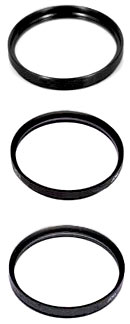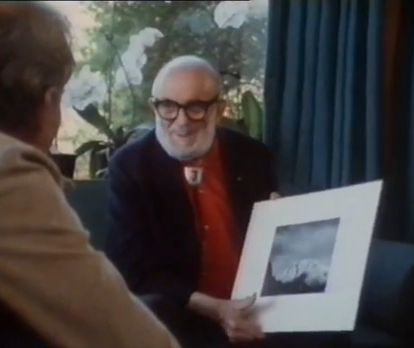
• UV and skylight filters •
There is a debate about how useful they are…
What are UV and Skylight filters?
The keen starter in photography wants to protect their investment… Filters protect your lens – right? Or, is it that they stop damage from the sun? I want to clear up some myths and explain some half truths in this article. You may also save some money.
What are these filters for
Skylight and UV (UltraViolet) filters have a single purpose… to reduce ultraviolet light reaching film. The only difference between them is that skylight filters have a slight pink colour. Both filters prevent the slight tendency of some chemical films to acquire a slightly blue colour cast under some light conditions. (Yes, we are talking about film).
That was simple, wasn’t it?
Now the myths cleared up
UV and skylight filters have a number of myths surrounding them.
They prevent sunlight damaging my digital image sensor.
• No, they don’t. Sensors are UV insensitive or have built in filters (for both infra red and ultraviolet). UV (and IR) light has no effect on them.
They prevent the blue colour cast on sunny days.
• Not true. It is about 25 years since ultraviolet sensitive film was on sale. Even then, the film brands that were sensitive tended to only be sensitive in relatively few conditions; eg. when it was sunny at high elevations or beside the sea.
They provide more clarity in bright sunlight or at high elevations (over say, five thousand feet).
• Once upon a time… some colour film brands used a chemical that was sensitive to UV light. Around 30 years ago an ultraviolet inhibitor was developed that reduced the sensitivity of the film. Problem solved. The slight lack of clarity caused by the sensitivity went away.
They prevent lighter greys being over-bright when in black and white mode.
• Silver-based chemical black and white films were affected by UV. This is not a problem in digital cameras.
The skylight filter has slight pinkness that warms the picture up.
• No it doesn’t – pink is not a warming filter colour. Pink reduces blues in the image. Anyway, if you use auto-white balance any colour effect will be wiped out. If you use RAW there is no need for a filter as you can adjust in developing.
Actually these filters have problems
It turns out that UV and skylight filters can cause a few problems. Poor quality filters; inappropriate filter materials and lack of special coatings all take their toll…
Image effects…
Affects are created by using these filters. In particular over-exposure haze, flare and ghosting are created. The haze results from light bouncing between filter, lens elements and the sensor inside the body of the lens/camera. This creates a slight haze of over-exposure in very bright conditions. Flare, and therefore reduced contrast in the image, is sometimes caused by a beam of bright light being scattered by the filter. More expensive filters reduce this by having chemical coatings on (lens glass has coatings too). Ghosting is where spots of light appear in the image that were not in the scene. They originate from back reflection off the sensor onto the other lens elements or the filter. Usually this happens in low light situations stimulated by bright lights like car headlights.
Adding another glass (or resin/plastic) element…
Additional elements degrade the image. Cheaper filters can cause chromatic aerations, creating colour banding in an image. There may be additional light scattering. Some filters significantly reduce the light getting through (maybe as much as 1/3rd of a stop of light) leading to underexposure. Optical aberrations may be caused by poor alignment of the filter element (not flat/parallel) in its place. This causes loss of definition, particularly in some places where sharpness would be expected.
Are there any reasons to buy them?
Yes, but not many.
Protection:
UV and skylight filters do provide protection, creating a barrier against mechanical damage to your lens. The front elements glass or coatings on the surface are protected from dust, dirt, splashes and possible scratches or breakage from a bump, scrape or blow.
• Alternatively, consider a proper lens hood. They prevent angular light beams straying into the lens which can improve the image. They also greatly reduce the probability of damage to the lens too. Lens hoods are cheaper than filters, and don’t cause optical problems.
Supporting your dealer:
Filters are expensive to buy, but are profitable to sell. In these hard economic times you will be providing a rich return for your dealer and helping him survive a tough market.
A mistake to clear up
Somebody told me recently, “I always have this polarising filter on the front of my lens”. Wow! (It was actually a skylight filter when I looked). Polarising filters are great for reducing some reflections from some surfaces and may darken skies in some light conditions. Some people mix them up with UV and skylight filters. Just let me say for now, don’t keep a polarising filter on your camera.
By Damon Guy (author and Photokonnexion editor)

Damon Guy (Netkonnexion)
Damon is a writer-photog and editor of this site. He has run some major websites, a computing department and a digital image library. He started out as a trained teacher and now runs training for digital photographers.
See also:
Editors ‘Bio’.

![]()



